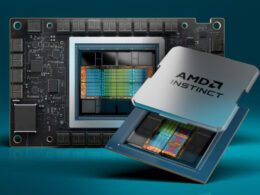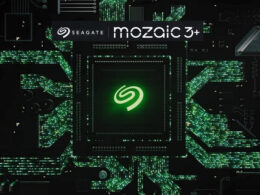ASML’s former Technical Director, Martin van den Brink, has detailed the company’s forward-looking initiatives to not only introduce equipment with an ultra-high numerical aperture (NA) value of 0.75 by the next decade, but also to ramp up the performance of their EUV and DUV generation lithographic scanners. The expert believes that these measures will help to maintain cost-effective production.
According to a Bits&Chips report, Van den Brink made these assertions during the ITF World forum held in Antwerp. The forum was organized by Belgian research company Imec. Where current scanners have the processing ability for 200-300 silicon wafers per hour for both DUV and EUV lithography, this number is expected to increase to 400–500 silicon wafers per hour in the future. Van den Brink labeled this rise as the “primary weapon against escalating costs.”
ASML is also looking to establish a standardized platform for their EUV (Extreme Ultraviolet) equipment. The new Hyper-NA scanners with ultra-high NA value (0.75) would be a part of this platform. This would allow for transferring some innovations from the Hyper-NA equipment to more matured tools, hence improving their characteristics. This unification would also contribute towards a faster return on investment for Hyper-NA equipment creation.
In about a decade’s time, ASML aims to construct a single platform compatible with low (0.33), high (0.55), and ultra-high (0.75) numerical apertures. However, plans to start working on the Hyper-NA equipment have not been set into motion, as noted by ASML representatives. Incorporation of ultra-high NA optics is likely to reduce the need for double exposure, thereby speeding up chip production and reducing energy consumption. Additionally, elimination of double exposure at certain stages of the technological process is expected to reduce chip manufacturing failure rates.
It’s worth noting that Intel is planning to aggressively implement the currently available high-NA (High-NA) equipment in serial chip production using the 14A technology. However, the world’s largest contract manufacturer, TSMC, plans to forgo such measures for the future A16 technological process. Despite positive reviews from TSMC’s management about the technology, the cost is a significant deterrent. On the same note, equipment of the Hyper-NA class may also experience ups and downs in its expansion phase if eventually introduced.





